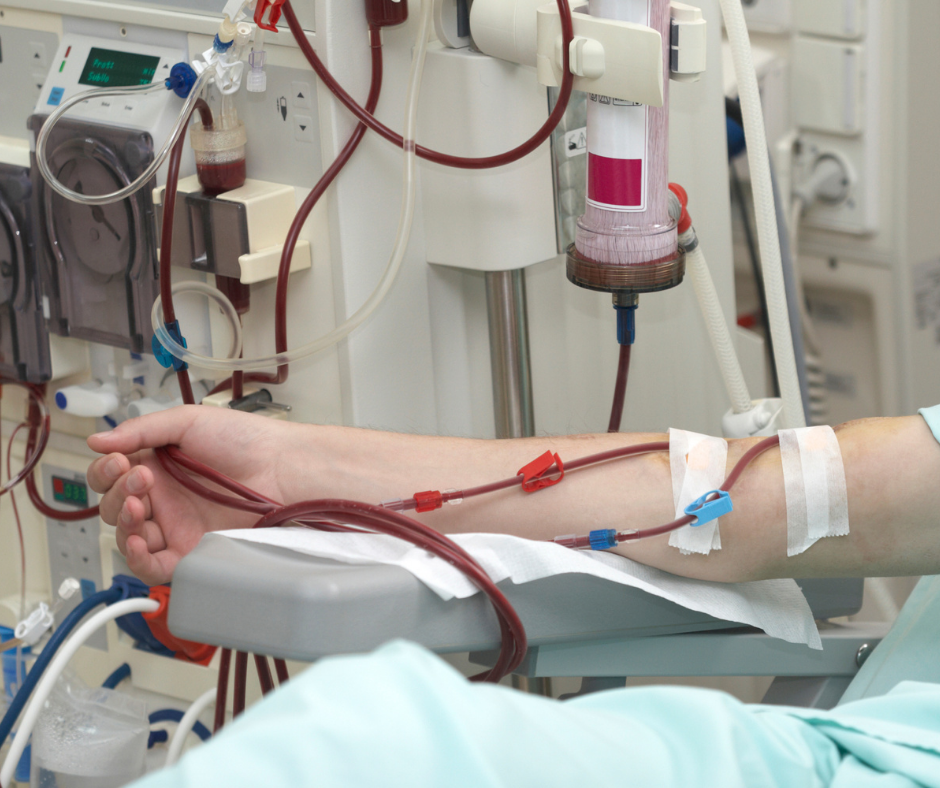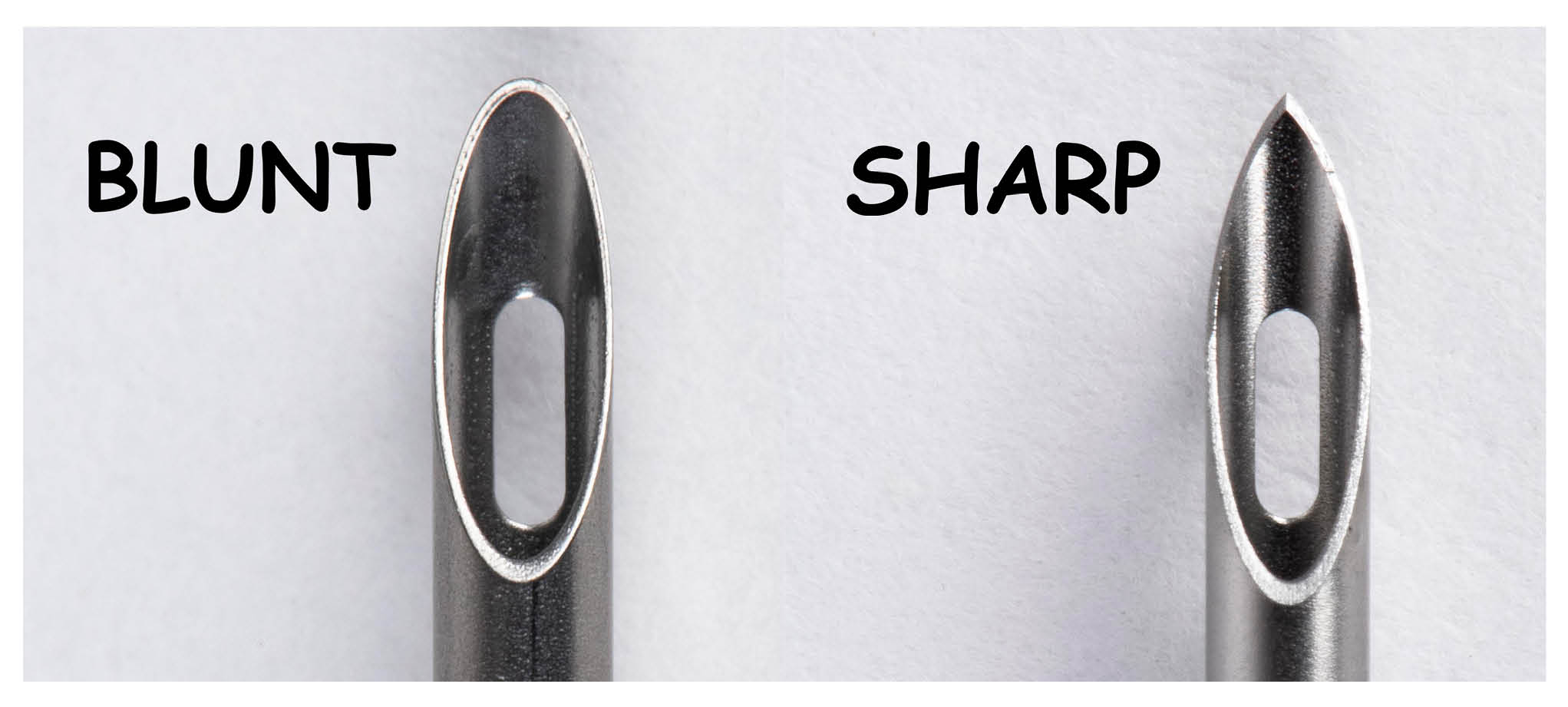Using the buttonhole needling technique
Information for patient of the Kent Kidney Care who are currently receiving haemodialysis
What is buttonhole needling? Why is it different?

Buttonhole needling (or constant site) is a method of inserting a dialysis needle used for haemodialysis into your arm. This is done through your fistula, but with a blunt needle instead of the standard sharp-ended needle.
Standard sharp needles are placed differently. Each method depends on the length of your fistula.
What is the benefit of using this type of needle?
Using blunt needles allows the needle to be placed easier. Some people have reported less discomfort.
How is it different?

Two specific areas of the fistula are used and the dialysis nurses in your unit will help with this selection. If you are already self-caring and inserting your own needles, you can work with the staff to find suitable sites.
The buttonhole method uses the same hole, direction, and angle each time. Standard sharp needles are used for at least 4 to 12 sessions to create a track.
Using the same sites allows scarred tissue to form under the skin around your chosen sites. Strict guidelines are followed to minimise infection, as the scab is removed each time. Once the track is established, blunt needles can be introduced. The insertion of a blunt needle uses a different method to that of a sharp needle; the nurses will show you the difference.
Is this a new technique?
No. This technique has been used in dialysis units throughout Europe for more than 30 years. The UK introduced this in 2006. It is widely used in dialysis units across the country.
Who benefits from this method?
This method is ideal for:
people whose fistulas are quite short in length, or
those of you wishing to learn how to insert your own needles.
Can everyone use buttonhole?
No. Buttonhole is not recommended for patients with grafts, only for patients with fistulas.
All patients are risk assessed to make sure they have no problems, such as skin or heart conditions. If you have any concerns, please speak to your nurse or doctor.
The UKKA Vascular Access Guidelines state:
'We recommend rope ladder or buttonhole cannulation for fistulas, and rope ladder cannulation for grafts, in preference to area puncture wherever possible' (1).
What about people whose fistulas are new?
Your dialysis nurse or doctor will discuss your dialysis plan with you during the first few weeks.
To begin with, two standard sharp needles need to be successfully placed for at least six sessions allowing for an assessment of your fistula. The assessment includes examining the:
length of your fistula
space available to place the needles
flows from your fistula; and
ease of placing the needles.
What about infection?
The buttonhole technique does carry an increased risk of infection compared to the normal technique. If you think you have an infection, do not insert your needles. Call the dialysis nurse immediately for urgent advice. The symptoms of an infection can include red, swollen, painful skin on or near your fistula.
We make sure our procedures minimise the risk of infection. The benefits of this technique far out way the potential risk.
Patients who have confirmed staph (staphylococcus) aureus on their skin, will be given Octenisan gel. You must apply this gel at the end of each haemodialysis session. Please make sure this gel remains in place for at least 6 hours. It is essential to minimise the risk of localised skin infections. Please make sure you have a constant supply.
What if I have any concerns or questions?
If you are concerned, please speak to a member of staff.
If at any time you think your fistula may be infected, please contact your local renal unit or Marlowe Ward on 01227 783100 immediately.